ROUND— ABOUT راودلا



Ahaad Alamoudi
Moza Almazrouei
Lulua Alyahya
Sarah Brahim
Roundabout is an exhibition bringing together recent work from young contemporary artists based in the GCC: Ahaad Alamoudi, Moza Almazrouei, Lulua Alyahya, and Sarah Brahim.
Roundabout is a site for communing and for experiencing the world through movement, play, laughter, and action. It is a site which transforms the seemingly mundane in an inversion of hierarchies, bringing us into a world that is out of the ordinary, perhaps seemingly upside down.
The trope of “a world upside down,” and its variations (a “world inside out” or a “second life”), has been used to describe the rich framework of Medieval carnivals and festivals. This terminology is borrowed from the likes of cultural critic Mikhail Bakhtin and historian Edward Muir who theorised that the purpose of such festivity was to act as a “release valve,” sanctioning intervals of time and space for people to let go of the pressures and stresses of daily life.1 In this “second life” where normal social orders are suspended, participants are “reborn” and free to commune in new ways. “Release” occurs through rituals involving comedy, parody, indulgence, play, and the inversion of traditional order, which together encompass elements of the carnivalesque. Carnival thus becomes a mode of thinking about and understanding the world, and the carnivalesque its vocabulary.
“The ritual vocabulary of the carnivalesque had the powerful potential to be translated from the calendar of festivities to many other situations.
Social satire, reform, and even rebellion were offshoots from carnivalesque rites, which provided a model for social creativity.”
In the GCC, such moments of communal laughter and play are exemplified through traditions of children collecting candy and dressing up for gergee’an/ hag elaila, and in the act of gathering to watch satirical and seasonal comedies like the Saudi television series Tash ma Tashto name a few. Such festivities serve to mark the transitions between different seasons or the start of religious holidays. As such, carnivalesque rituals also serve another function: they aid us in transitioning between different modes of being.
In the midst of a global pandemic and the attempts to contain it which have restricted life as we had known it, release and rebirth feels imminent and necessary. Figuring the exhibition space as a site for re-imagining the world through carnivalesque strategies and imagery, the artworks presented here enable us not only to enter a sanctioned space of inversion but also to carry on with a language of ritual and play that can be employed outside of its walls. The young women in this exhibition tackle the world around them with a ferocious wit, critical eye, and regenerative power.
Ahaad Alamoudi creates video works that humorously investigate the order of our world. She presents ‘The Three’ a three channel video viewed within a playground roundabout/carousel, incorporating social commentary with parody and play. Here, three voices express differing perspectives on the rapid social and infrastructural changes they observe: one championing, another resistant, and the third ambivalent.
In carnival, the inversion of traditional social order often takes place through masquerade and plays in which citizens take on new identities and parody the mannerisms of opposing social classes to upend the distribution of power and reveal deep truths about its order. The figures in Lulua Alyahya’s paintings are depictions of everyday life and figures with amalgamations of features borrowed from different people, both real and fictional, perhaps alluding to familiar social “types.” These figures are situated in eerie, unspecified locations and yet are adeptly specific in the facial expressions and interactions they present. This warping of otherwise mundane scenes unmasks the subjects’ true faces - ones often menacing or confrontational, revealing the world through the lens of a young woman’s experience.
Bakhtin asserts: “Carnival was the true feast of time, the feast of becoming, change, and renewal. It was hostile to all that was immortalized and completed.” 3 Moza Almazrouei presents works from the ‘Annelid Archive’ which aims to inspect the gaps of knowledge between a historical event and a document that isn’t registered through an institutional archive. Her photographs capture scenes from the archives of the Juma Almajid Center for Culture and Heritage, where hands are touching, laying out, and treating old manuscripts for preservation. Juxtaposed with these images is her delicate rambutan peel sculpture, to which she applied her own archival processes of drying to preserve it. Nonetheless, both the worn pages in the photographs and the delicate natural material allude to the inevitability of eventual wearing and decay; exposing the fragility of our established sense of order.
In Sarah Brahim’s video, ‘Bodyland/Back to Dust’, disembodied hands are expressive appendages that are sites for memory. Her choreographed performance is an embodied archive of collected gestures, transmitting culturally specific meaning. Sarah Brahim’s work explores the body and our relationship to land through choreography, textile, and sound. Using natural elements and grounding her work in the movement of the body, Brahim takes an interest in the return to nature. Bakhtin’s conception of grotesque realism conceives of degradation as grounding, a return to the earth and its regenerative power.4 If Ahaad’s voices in ‘The Three’ join in on the conversation around change, development, and time by riding the roundabout and diverging then converging in an endless mechanised loop, then Sarah proposes a path to breakaway. Snaking their bodies through her textiles in ‘The Dance of the Mountain’, dyed with natural pigments and frayed, visitors are brought back to the body and land, liberated from the endless loop of modernisation and drawn into another loop of death and rebirth.
Including painting, sculpture, sound, video, and installations, Roundabout brings forth questions about our experience of time, our re-imagining of the future, and coming to terms with the realities of our present. Drawing from local history, popular culture, and nature, the artists presented in this exhibition specify the topsy-turvy experiences of the worlds that they engage with. Living through a pandemic that already seems to have turned our lives upside down, perhaps they allow us to re-orient ourselves to some semblance of normalcy, or lend us the faculties for imagining an alternatively ordered future.
Ahaad Alamoudi (b.1991, Jeddah, KSA) raised between England and Saudi Arabia, lives and works in Jeddah. Travelling between the two kingdoms, Ahaad’s work addresses history and representation. She graduated from Dar Al Hekma University in Jeddah with a BA in Visual Communication in 2014 and graduated with an MA in Print 2017 and is currently a PhD candidate at the Royal College of Art. In her research about Saudi’s reforming ethnography, Ahaad’s photography, video and print installations aim at altering the historical rendition of Saudi Arabia.
Ahaad’s solo exhibition during 21,39; Heat Burns, Athr Gallery, Jeddah (2020), and her group shows include: Colour Bar, Maraya Art Center, Sharjah (2019), Screens Series, New Museum, NYC (2019). Public/Private, Historical Jeddah (2019), Out of Place, Athr Gallery, Jeddah (2019), Al Obour, SAC, Jeddah (2019). Young Arab Exhibition, ArtX, NYC (2018), MANWAR, Hafez Gallery, Jeddah (2018). Refusing to be Still, SAC, Jeddah (2018). The Parallel Kingdom exhibition at the Station Museum in Houston, The Generation exhibition at Minnesota Street Project in San Francisco and in the Phantom Punch exhibition at Bates College of Art in Lewiston, Maine (2017 & 2016). We Need to Talk, Edge of Arabia, Jeddah (2012), Young Saudi Artists, Athr Gallery, Jeddah (2012)

In 2018, Ahaad was the recipient of the Crossway Foundation x Middle East Now Festival Residency in Florence.
Three channel video, playground carousel, screens Approx. 126 cm wide x 153 cm height
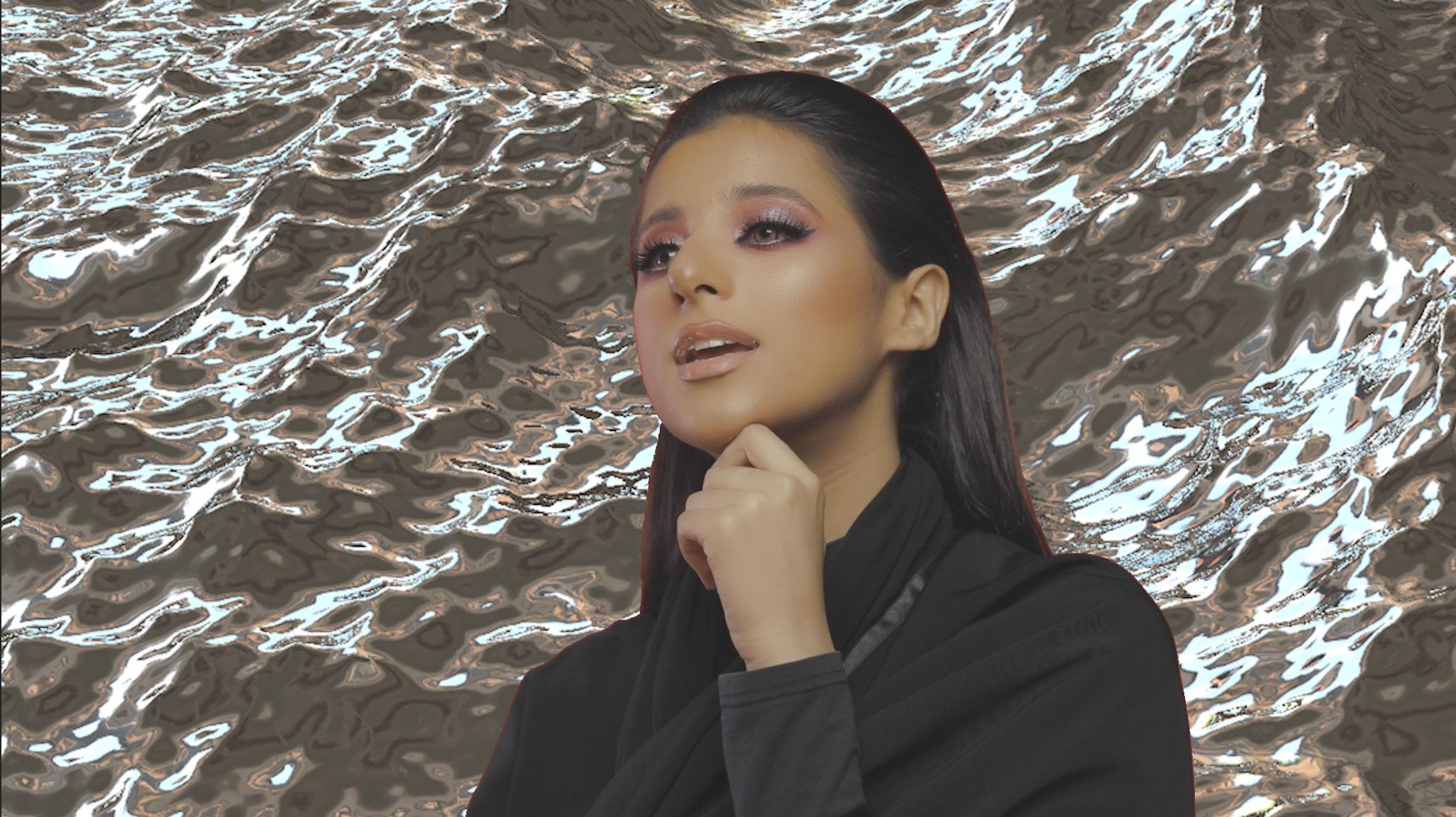
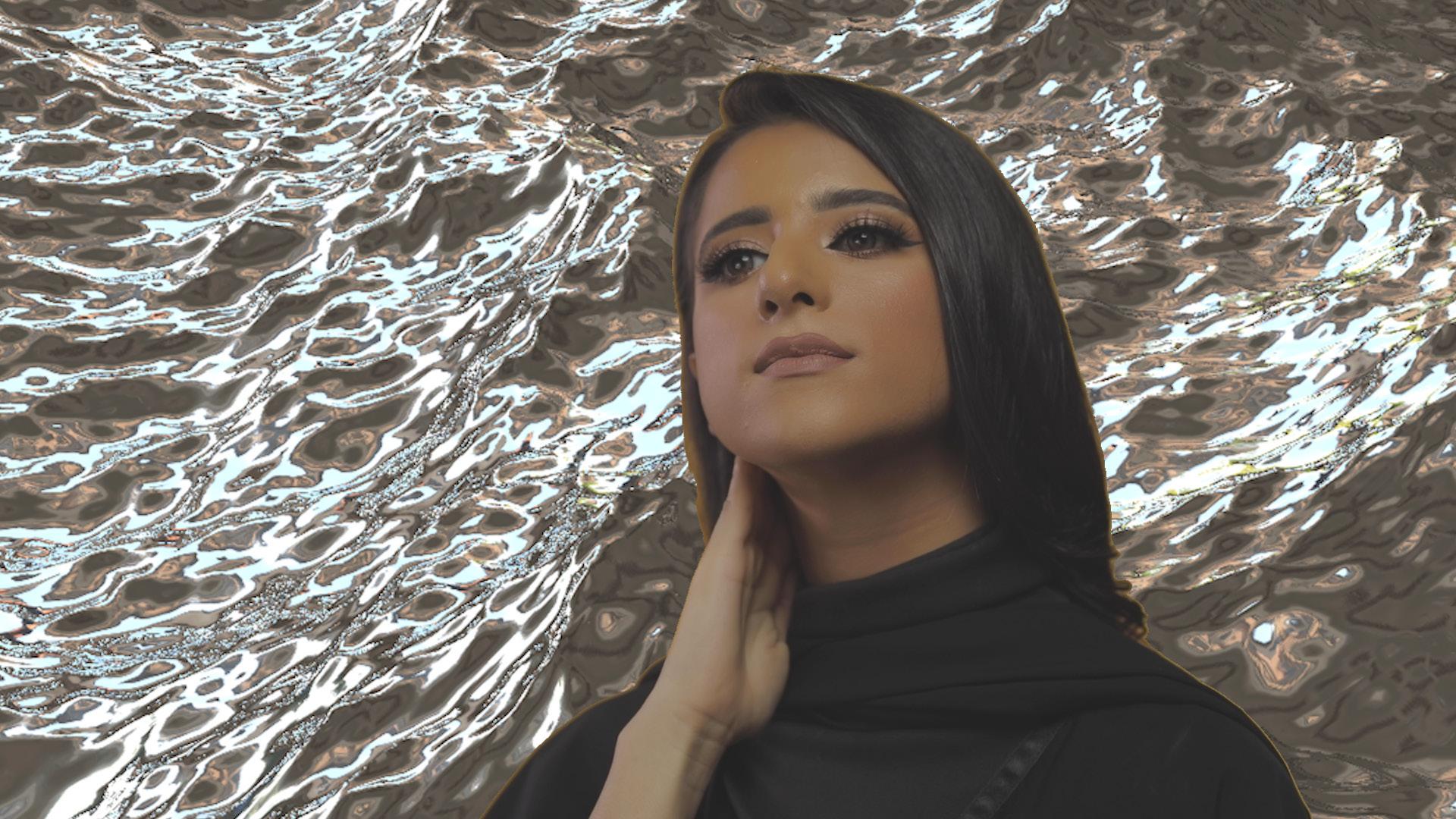
Lulua Alyahya (b.1998, Washington D.C, USA) is a Saudi artist based in Bahrain. Lulua creates paintings and objects rooted in societal critique and internal monologues. Her works encompass themes such as youth, romanticism, and absurdism. Alyahya’s subjects are often idle, situated against dreamlike, nondescript backgrounds. The artist’s work weaves references from existentialist literature, cartoon imagery, and desert landscapes. She is interested in exploring the capacity for her subjects’ to mediate critical reflections about her own surroundings.
Lulua recently received her BFA from the Slade School of Fine Art, University College London.
Alyahya was recently awarded the Cass Art Painting Prize (2020). She was selected as the winter artist for the year long exhibitions and events programme A Year of Nostalgia, Wellingore Chapel, Lincolnshire (2018). Her work has been exhibited in group shows including Widening the Gaze, Slade Research Centre, London (2018); Bad Art Presents ‘FANDOM’, Bones & Pearl Studios, London (2019); and Right Back at You, The Function Suite, London (2020).



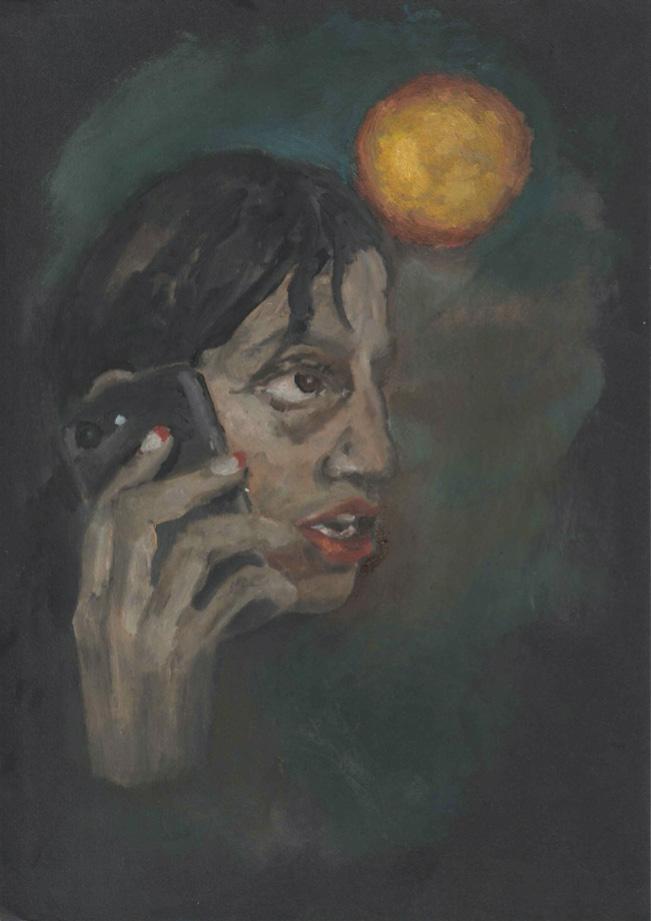
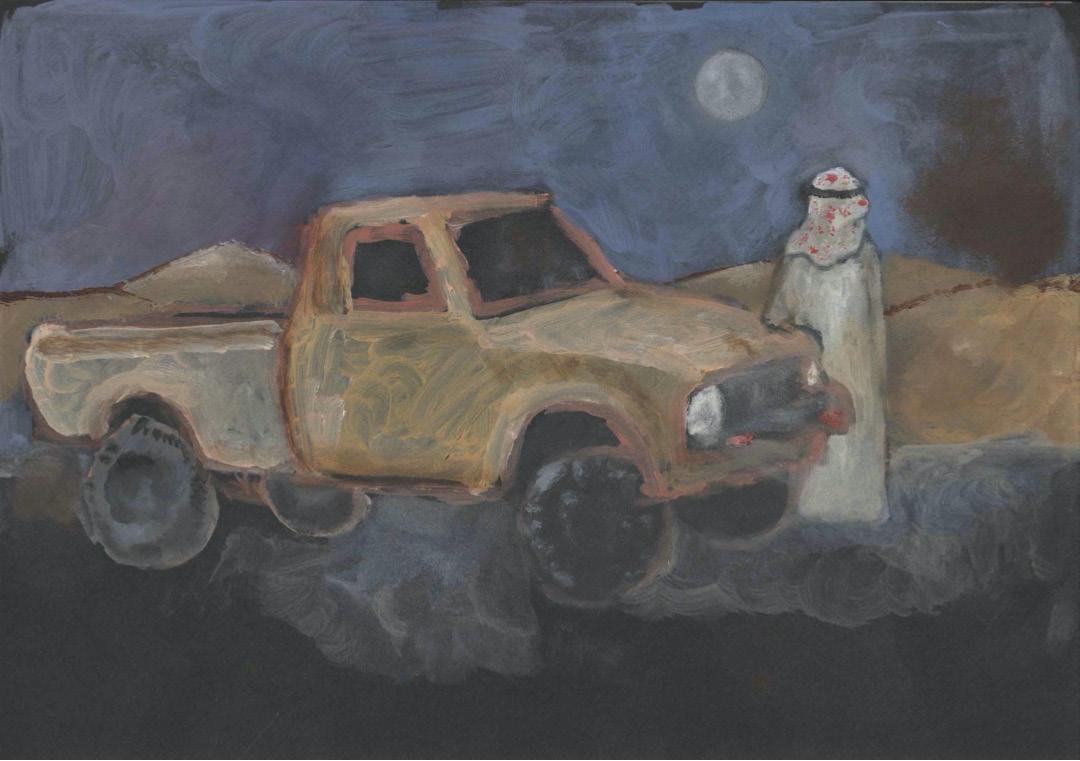

Moza Almazrouei (b.2000, Dubai, UAE) is a final year student at the Slade School of Fine Art, University College London. Her practice plays with analytical tools of fiction in an attempt to imagine the living conditions and the constraints of certain histories where multiple potentialities could shift it with the contingency of a present and a future, and the certain qualities of a historical event can be animated with time. The basis of her practice is prompted by writings of Avery Gordon and Saidiya Hartmann in understanding the constitutions of counter-histories, and the fictional and non-fictional methodologies that are adapted to resurface forgotten narratives.

She has participated in the exhibition Climavore at Slade, London (2019) and initiated the archival project Slade Retrieved alongside other students. Moza received a scholarship from the UAE Ministry of Education to complete her studies at the Slade.








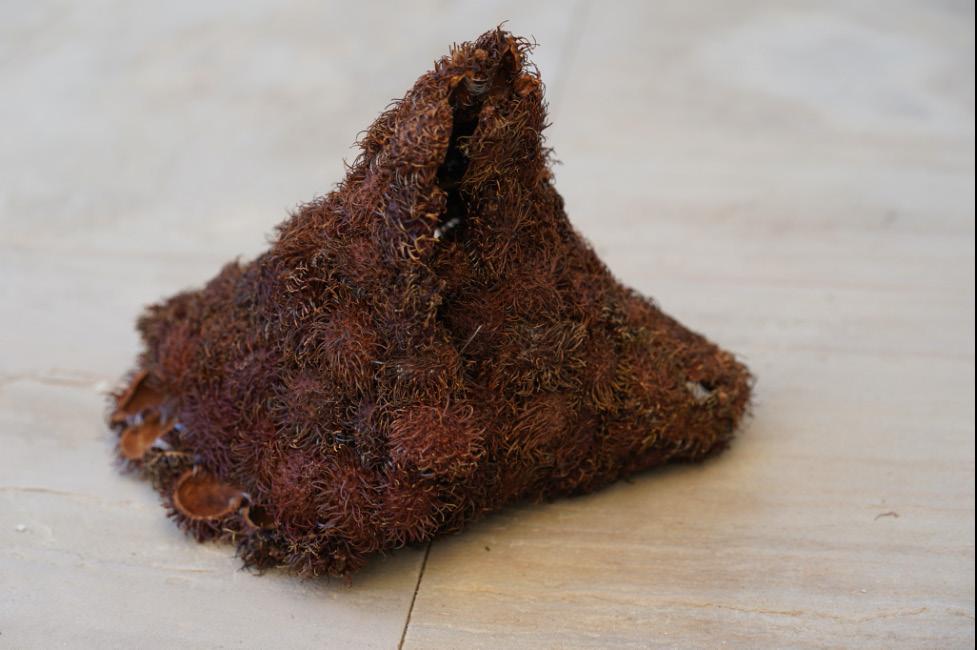
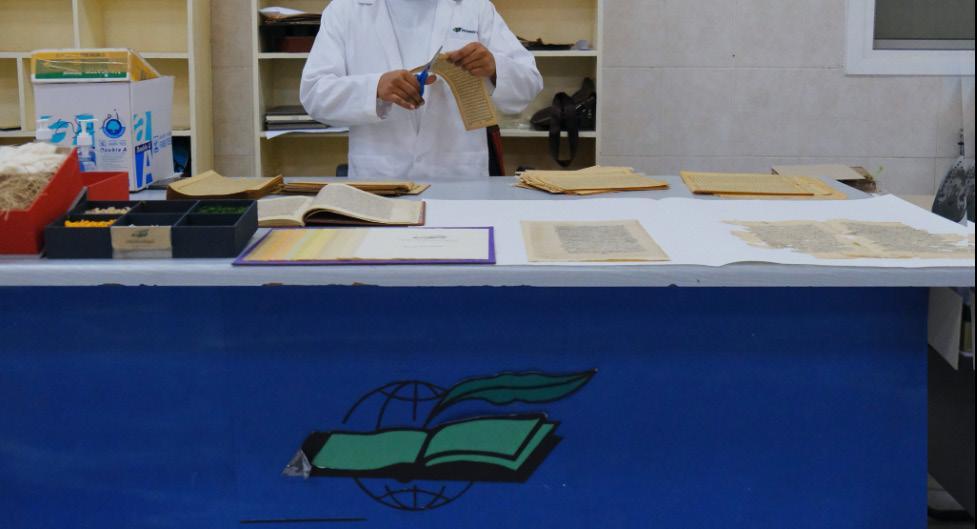
Sarah Brahim (b. 1992, Riyadh, KSA) is a movement artist passionate about creating meaningful work with artists of varying mediums. She grew up studying, choreographing, performing, and teaching jazz, ballet, and tap in Portland, Oregon. Studied at the San Francisco Conservatory of Dance (SFCD) and in 2016 she graduated from London Contemporary Dance School (LCDS) and holds a BA Honors degree in Contemporary Dance. At LCDS she further explored the depth and resonance of movement, discovering her passion for improvisation, collaboration, choreographing, and healing through movement. Since graduating she has worked professionally performing, choreographing, and directing movement.
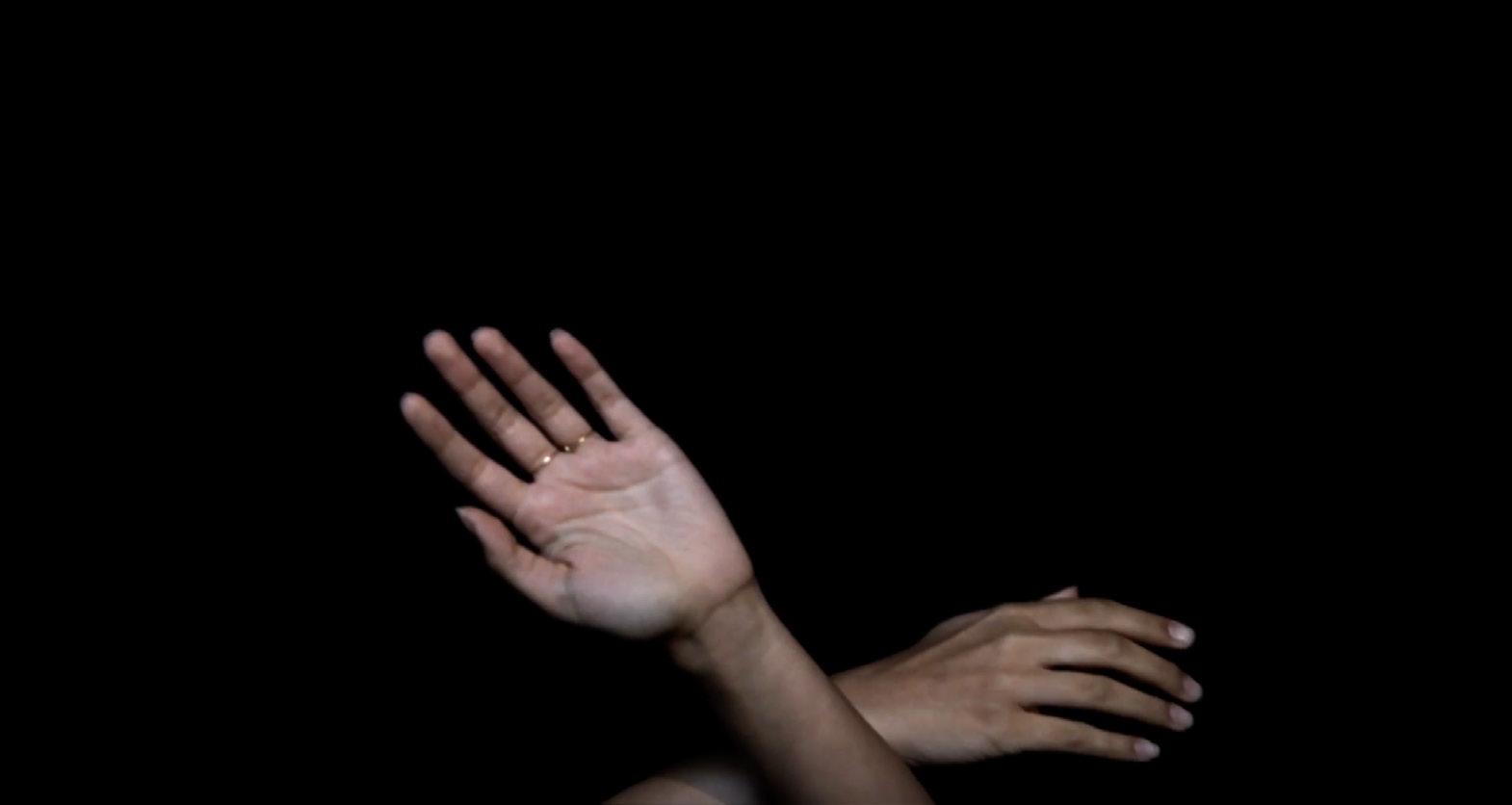
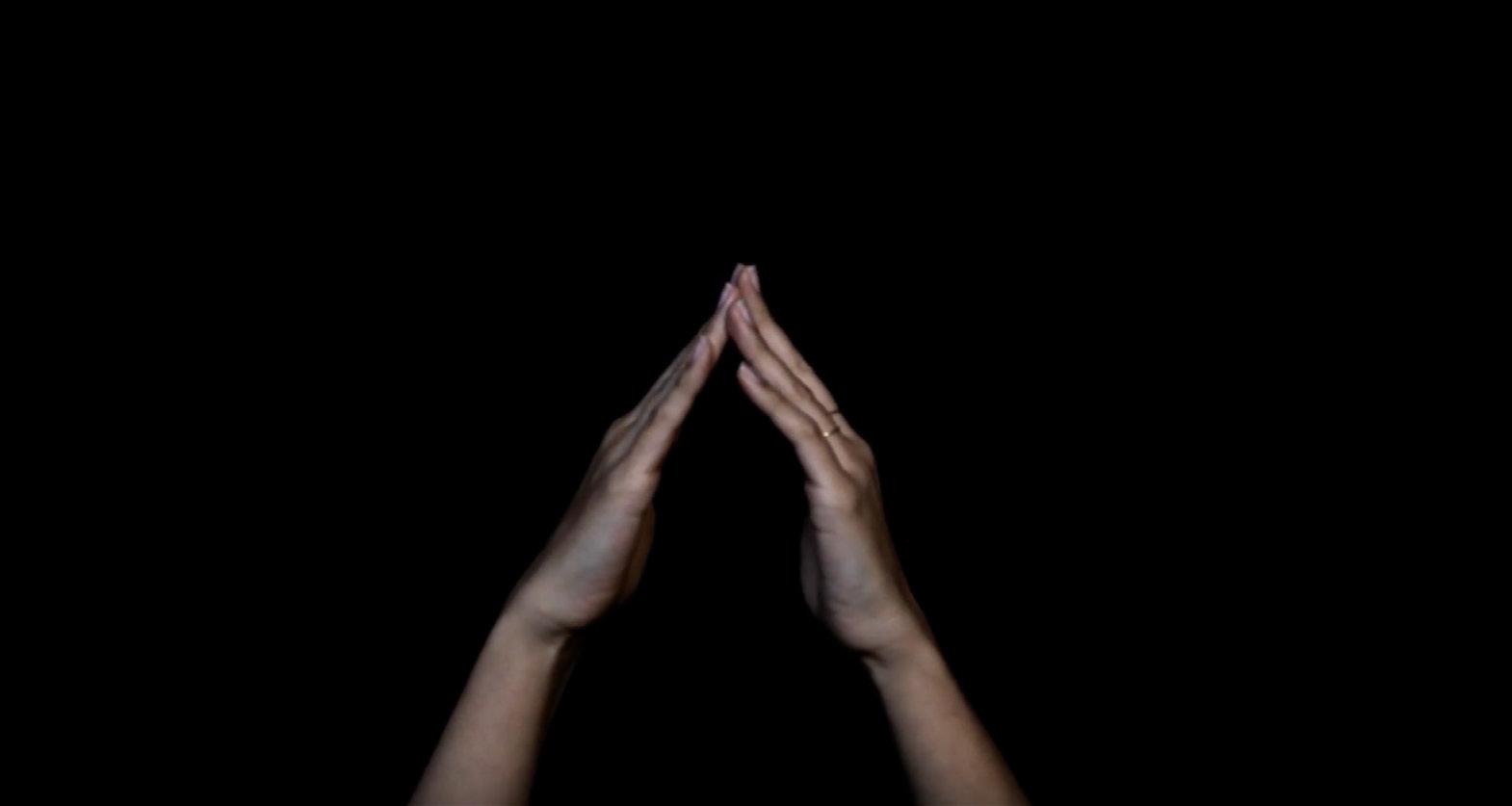
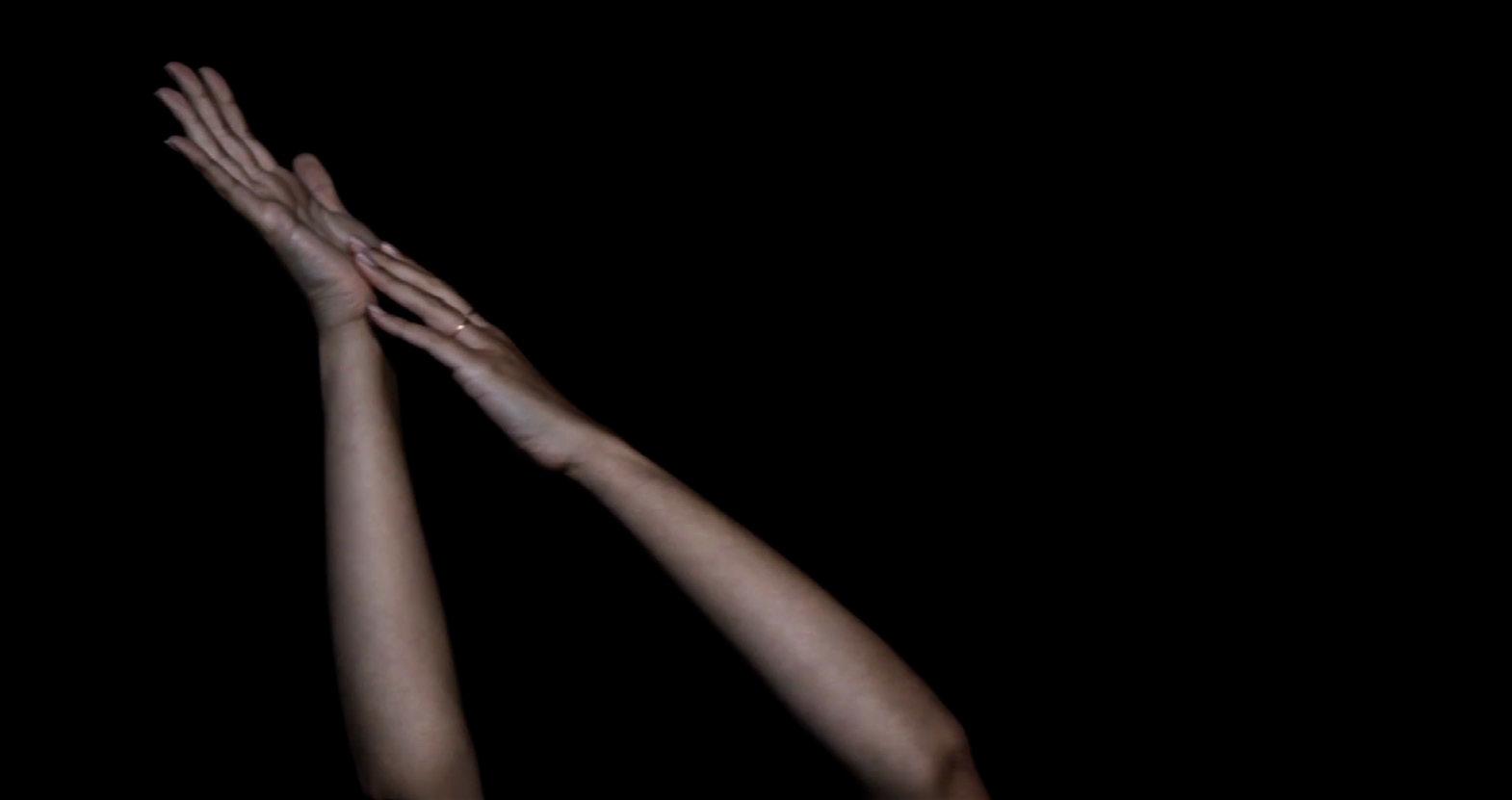

Rotana Shaker (b. 1995, Riyadh, KSA) is a curator and art historian. She received her BS in Psychology and Art History from Tufts University and her MA in Modern and Contemporary Art from Columbia University. She was the MODA 2020 Curatorial Fellow at the Wallach Art Gallery where she curated the exhibition A Bottomless Silence, featuring the works of Jumana Manna, Walid Raad, and Nadia Kaabi Linke. She was subsequently a curatorial fellow at Punk Orientalism, working alongside the global curator Sara Raza. She is interested in contemporary art, with a particular focus on artists who, like herself, inhabit and traverse various national and cultural borders and explore themes of archives, history, and identity.